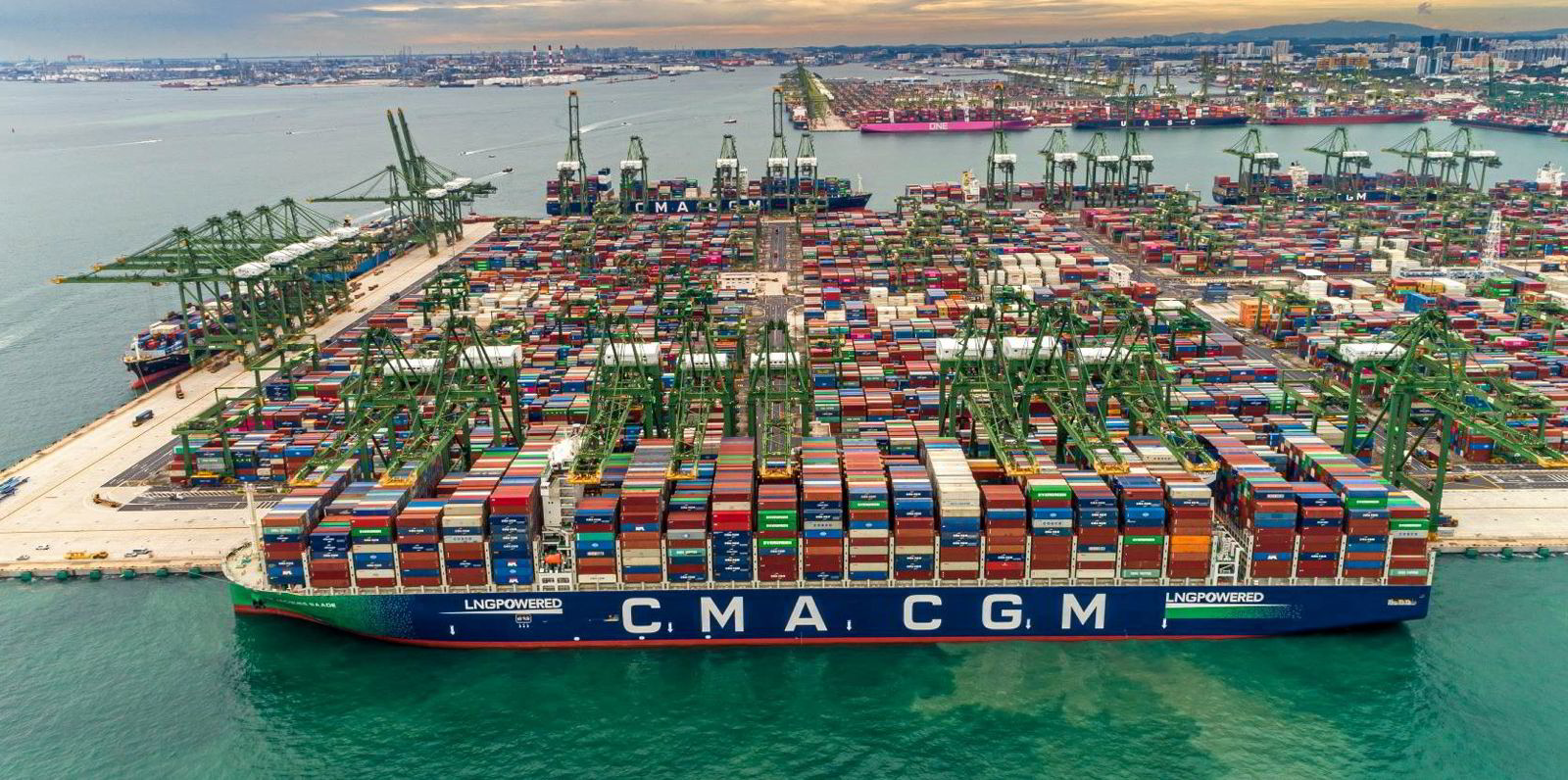Clarksons Research has revealed port congestion reached a new high this month for container ships.
Its container ship port congestion index showed that 37.9% of capacity was in port on 20 July.
This exceeds the previous peak in late October 2021 and stands well above the pre-Covid average of 31.5% between 2016 and 2019.
Most shipping players agree container ship rates are due to weaken this year, but these figures show tonnage tightness remains.
On the east coast of North America, capacity in port has risen sharply in recent weeks to a record 1.2m teu in mid-July, up 30% on the June average of 950,000 teu.
The research arm of UK shipbroker Clarksons said: “This has reflected record levels of box throughput amid generally continued firm US consumer spending and efforts by some operators to reduce exposure to the US west coast, where logistical disruption has been especially severe over the last year.”
Attempts to avoid potential disruption from current port worker contract negotiations have also played a part.
The level of container ship capacity in port in northern Europe has also risen to a record, reaching 1.35m teu on 20 July.
This is up 16% from the June average, driven by factors including knock-on impacts from onshore logistical disruption across haulage, rail networks and barge services, and strikes at German ports.
Container ship congestion remained elevated in China, standing at 2.4m teu on 20 July.
This is down marginally from the June average but still up 20% on the 2021 figure.
Congestion at Qingdao reached a record 400,000 teu in the middle of this month, a rise of 16% from the June average.
This came amid weather disruption and increased box throughput, while typhoons have affected operations in Hong Kong, Shenzhen and Ningbo.
Covid-related restrictions and procedures also continue to have an impact.






